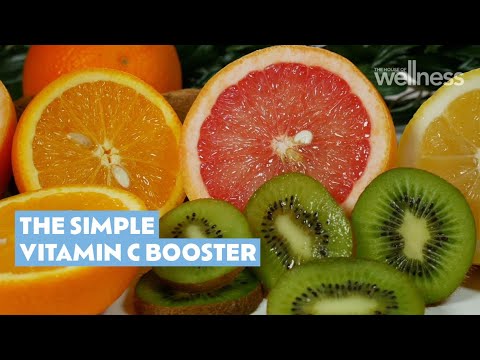Drugs In COVID-19:
* Optimal supportive care includes oxygen for severely ill patients and those who are at risk for severe disease and more advanced respiratory support such as ventilation for patients who are critically ill.
* Dexamethasone is a corticosteroid that can help reduce the length of time on a ventilator and save lives of patients with severe and critical illness.
* Results from the WHO’s Solidarity Trial indicated that remdesivir, hydroxychloroquine, lopinavir/ritonavir and interferon regimens appear to have little or no effect on 28-day mortality or the in-hospital course of COVID-19 among hospitalized patients.
* Hydroxychloroquine has not been shown to offer any benefit for treatment of COVID-19.
Vaccine Efficacy & Effectiveness:
* Vaccine efficacy and effectiveness are measures that compare the rates of disease between vaccinated and unvaccinated people. Efficacy is measured in controlled clinical trials, whereas effectiveness is measured once the vaccine is approved for use in the general population. From these we can identify the proportion of vaccinated people we would expect to be protected by the vaccine.
* No vaccine is 100% effective, a small percentage of people are not protected after vaccination and for others the protection may wane over time. Also, some people are unable to be vaccinated due to certain conditions such as immune suppression. Maintaining immunity in those around these people protects them from disease.
Herd immunity:
* ‘Herd immunity’, also known as ‘population immunity’ or ‘community immunity’, is a concept used for vaccination, in which a population can be protected from a certain virus if a threshold of vaccination is reached. Herd immunity is achieved by protecting people from a virus, not by exposing them to it.
* Vaccines train our immune systems to create proteins that fight disease, known as ‘antibodies’, just as would happen when we are exposed to a disease but – crucially – vaccines work without making us sick. Vaccinated people are protected from getting the disease in question and passing it on, breaking any chains of transmission.
* With herd immunity, the vast majority of a population are vaccinated, lowering the overall amount of virus able to spread in the whole population. As a result, not every single person needs to be vaccinated to be protected, which helps ensure vulnerable groups who cannot get vaccinated are kept safe.
* The percentage of people who need to have antibodies in order to achieve herd immunity against a particular disease varies with each disease. For example, herd immunity against measles requires about 95% of a population to be vaccinated. The remaining 5% will be protected by the fact that measles will not spread among those who are vaccinated. For polio, the threshold is about 80%. Achieving herd immunity with safe and effective vaccines makes diseases rarer and saves lives.
Isolation & Quarantine:
* Both isolation and quarantine are methods of preventing the spread of COVID-19.
* Quarantine is used for anyone who is a contact of someone infected with the SARS-CoV-2 virus, which causes COVID-19, whether the infected person has symptoms or not. Quarantine means that you remain separated from others because you have been exposed to the virus and you may be infected and can take place in a designated facility or at home. For COVID-19, this means staying in the facility or at home for 14 days.
* Isolation is used for people with COVID-19 symptoms or who have tested positive for the virus. Being in isolation means being separated from other people, ideally in a medically facility where you can receive clinical care. If isolation in a medical facility is not possible and you are not in a high risk group of developing severe disease, isolation can take place at home. If you have symptoms, you should remain in isolation for at least 10 days plus an additional 3 days without symptoms. If you are infected and do not develop symptoms, you should remain in isolation for 10 days from the time you test positive.
Discharge From Isolation:
*
*
Donning & Doffing of PPE:
*
Quantam Dots:
*
ptbdacademy.com






